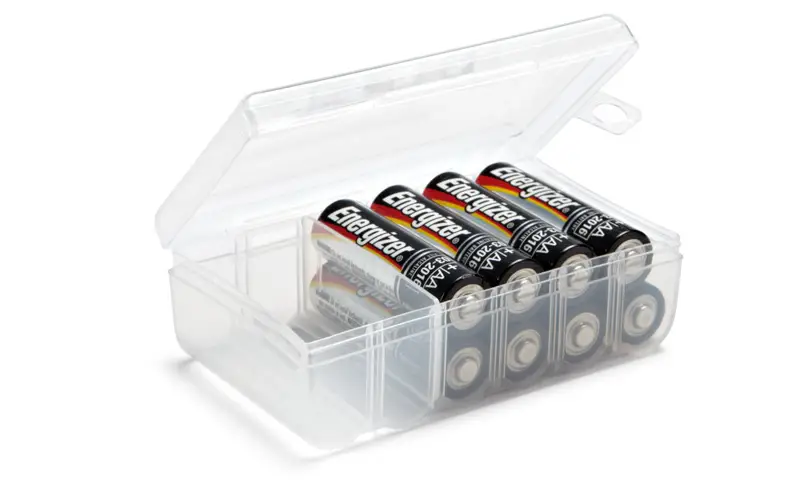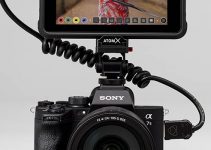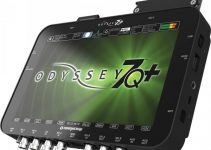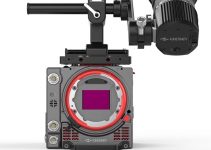Organising your gear up front before every shooting session is just as important as finding the right equipment for the production itself. Even the small details such as managing your batteries in advance and keeping them on track often can be crucial on set.
Considering the fact that 99.9% of the power supply that you are going to use for your equipment is provided by rechargeable batteries, you’d better organise them in the right way unless you want to come across a power supply deficiency problems in the middle of the shooting day. Recharging your batteries on set isn’t the most efficient and time effective solution, so it’s definitely more practical to be prepared in advance.
Em from Cheesy Cam provides some quick tips for better organising and managing rechargeable batteries by using a simple, but quite efficient technique. Adding a quick sheet of two-sided coloured paper in а few battery cases that he carries with him on every shoot seems to be one of the suggested solutions. And, here are some additional practical tips and tricks that you also may find useful.
Indeed, it’s quite easy to forget which of your batteries are charged and which are not, especially when you have to deal with a handful of them, so using some way of managing these units does make a lot of sense and it’s definitely a viable solution. This way it will be much easier to determine which are the charged batteries when you are out in the field and which need to be charged later after the shooting day.
Furthermore, if you find this way of organising your batteries doesn’t suit you, then you simply can put the charged batteries pointing in the same direction and discharged batteries pointed on the opposite one. Another way of keeping the track of your batteries is by using coloured containers. The principle is just the same. Use a certain colour for the batteries that are charged, and another for the discharged ones.

Having a high-quality battery tester in your kit might also help. The most simple battery tester is a DC ammeter, that indicates the battery’s charge rate. DC voltmeters can be used to estimate the charge rate of a battery, provided that its nominal voltage is known. You simply can test your array of batteries the night before the shooting day and pack only the charged ones.
I’m sure that there are many other ways to manage your batteries, but the most important takeaway here is to find the best possible way to organise them in some way in order to keep them on track. Simply use the workflow that suits your personal preferences at the most and stuck with it. This is certainly one of the important ways to ensure that you won’t come across any power supply deficiency issues while you are on set.
What is your favourite way of organising your rechargeable batteries before a shooting day? Feel free to share your tips and tricks in the comment section below.
[Source: Cheesy Cam]
Disclaimer: As an Amazon Associate partner and participant in B&H and Adorama Affiliate programmes, we earn a small comission from each purchase made through the affiliate links listed above at no additional cost to you.





Another very useful article, thanks!
I like to go with charged all the same way up, drained up-down-up-down in the case, saves loosing that piece of paper.
I always tape fully charged batteries with a bit of gaffer’s tape, or marker tape, that way I just pull off the tape when I go for a new battery and know without a doubt that un-taped batteries are exhausted.